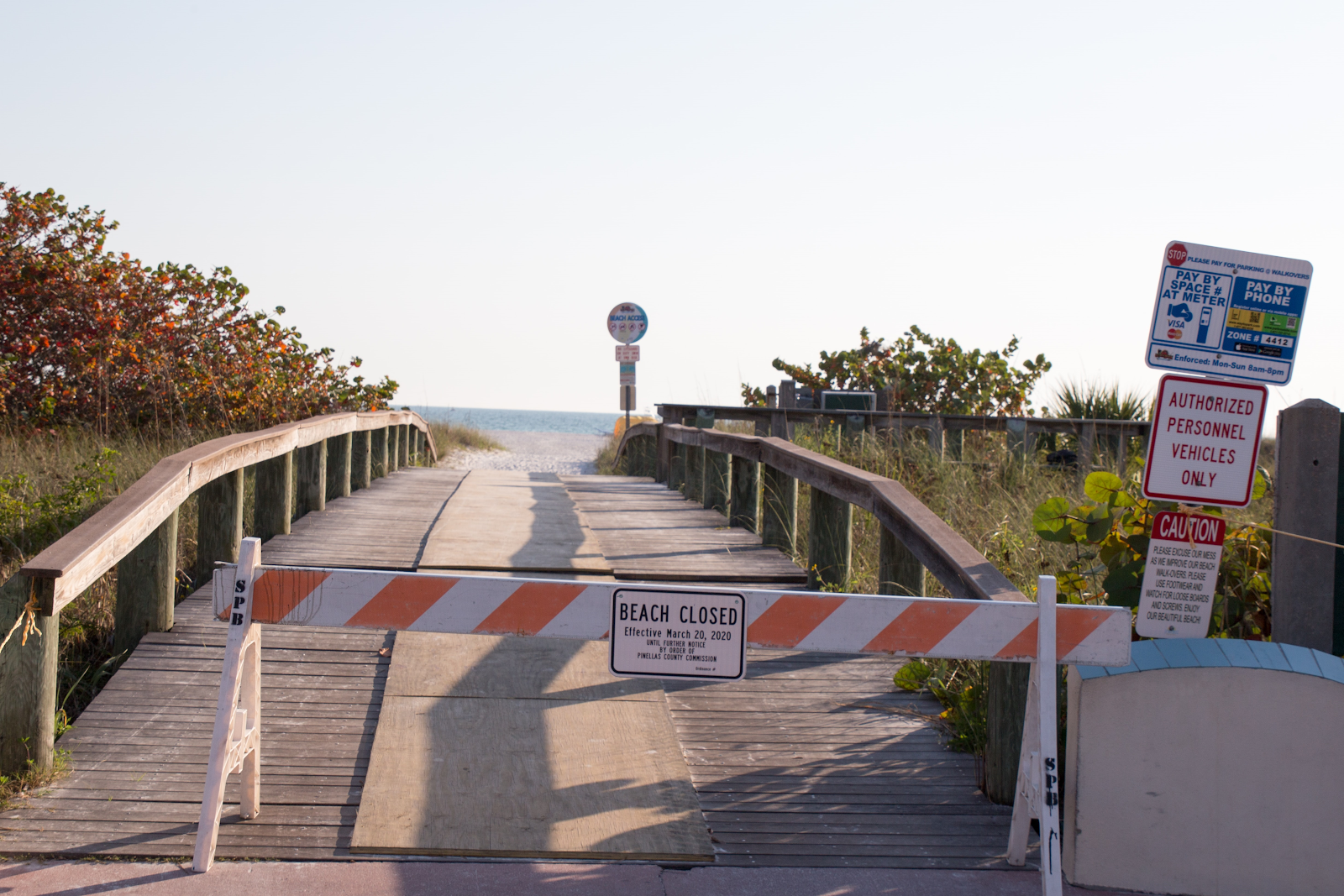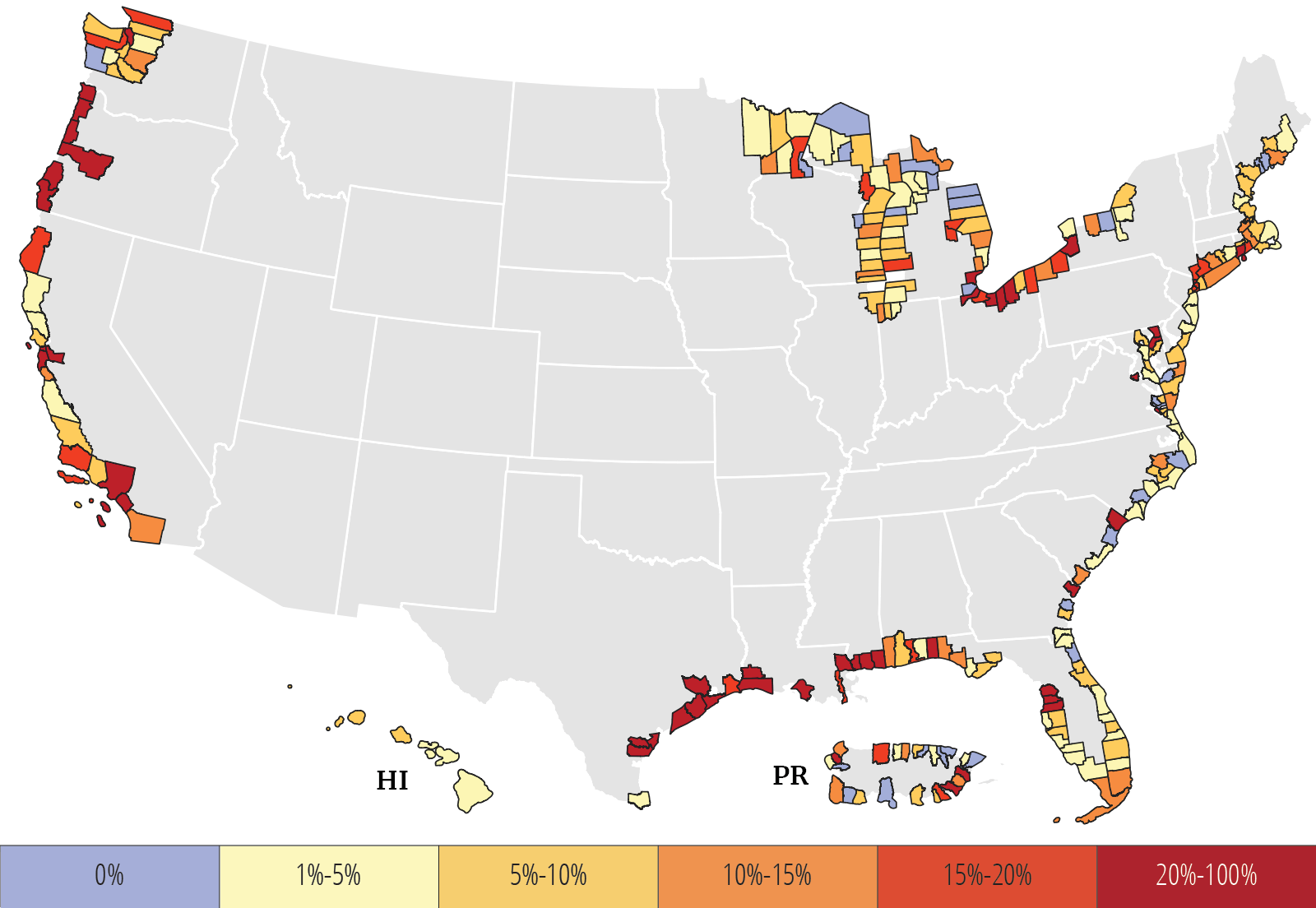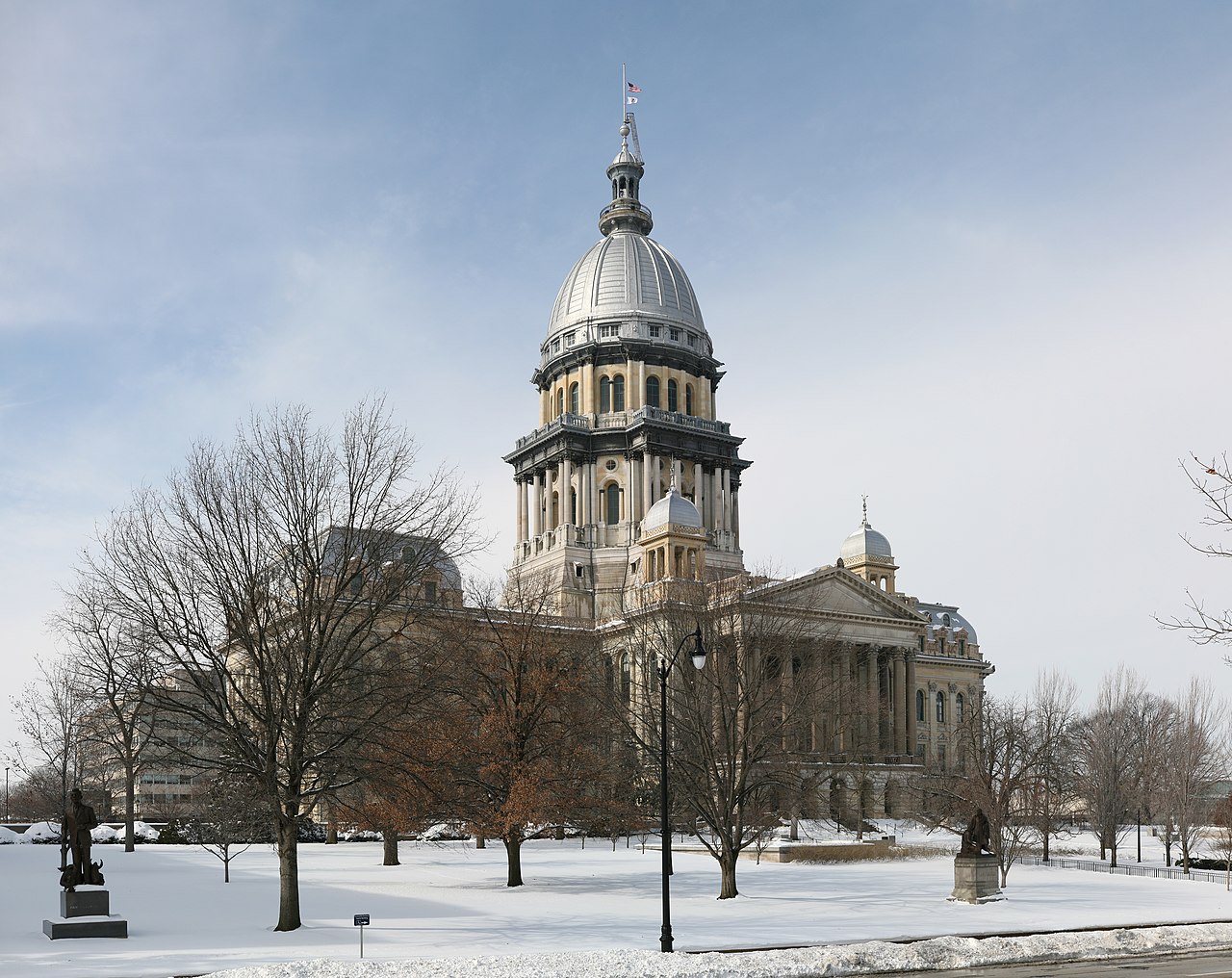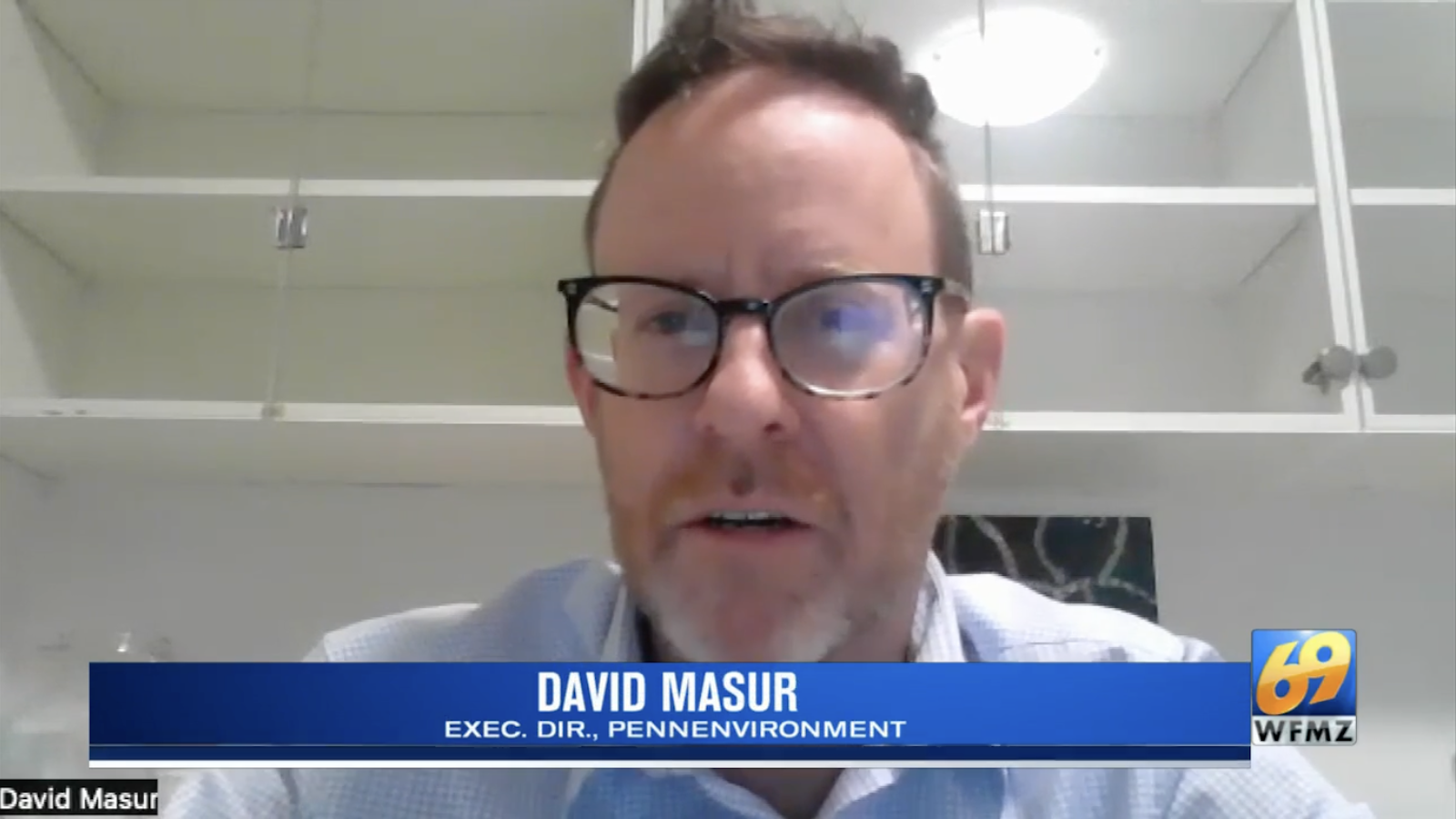It’s time to make our water safe for swimming
Americans should be able to enjoy beaches that are clean and safe for swimming in every corner of the country.

Every year, billions of gallons of sewage and stormwater overflow from sewers into our waterways. This can threaten public health with harmful pathogens and make our favorite waterways and beaches unsafe for swimming. Congress must seize a once in a generation opportunity to improve water quality, and make our beaches safer, by funding clean water infrastructure.
We’ve fallen short of our clean water goals
Nearly 50 years ago Congress passed the Clean Water Act, which set a goal to make all waterways across the country safe for swimming. Yet decades later, our waterways remain polluted:
-
Sprawling development has created more impervious surfaces that cause runoff pollution and has destroyed natural areas like wetlands that protect beaches from contamination.
-
America’s sewage infrastructure is outdated and deteriorating. The American Society of Civil Engineers gave U.S. water infrastructure a D+ grade.
-
We still have billions of gallons of sewage overflows each year, which results in 57 million Americans becoming sickened each year from recreating in polluted water.
The effects of failing water infrastructure are evident across America

(From Safe for Swimming 2020 Report) Average percentage of potentially unsafe beach days in 2019 by county)
As of June 2020, water quality data for 2019 from 3,172 beaches in 29 coastal and Great Lakes states and Puerto Rico showed that, of those beaches, 1,793 (57 percent) were potentially unsafe for swimming on at least one day during 2019, and 386 were potentially unsafe at least 25 percent of the days that sampling took place. Beaches that were potentially unsafe for swimming on at least one day in 2019 include:
-
14 out of the 23 beaches tested (61 percent) in Delaware
-
187 out of the 261 beaches tested (72 percent) in Florida
-
78 out of the 196 beaches tested (40 percent) in Michigan
-
18 out of the 20 beaches tested (90 percent) in Oregon
The solution: Invest in water infrastructure
Without action to reverse these trends, water pollution will likely worsen. To ensure that all of our waterways are safe for swimming, lawmakers should work to stop runoff and sewage pollution – by updating our water infrastructure and stopping pollution at the source.
Congress must dramatically increase funding for water infrastructure by:
- Funding the Clean Water State Revolving Fund at $10 billion per year. The U.S. Environmental Protection Agency estimates upgrading and maintaining our water infrastructure will cost $271 billion over the next 20 years — that is $13 billion per year.
-
Dedicate 20 percent of funds for green infrastructure. We can restore nature’s ability to prevent runoff pollution at the source by recovering the nearly one million acres of wetlands lost from 1996 to 2010.
-
Dedicate 20 percent of funding for grants to low-income and disadvantaged communities that are unable to access loans.
While increasing funding, we must ensure that pollution permits for wastewater plants remain strong and updated regularly to address threats to our health and environment.
You can help. Add your name to our message to Congress to make our waterways safe for swimming.
Photo Credit: Hayden Dunsel via Unsplash
Topics
Authors
Laura Miller
Find Out More

Our 2024 priorities in the states

A look back at what our unique network accomplished in 2023

Our response to the East Palestine train disaster

